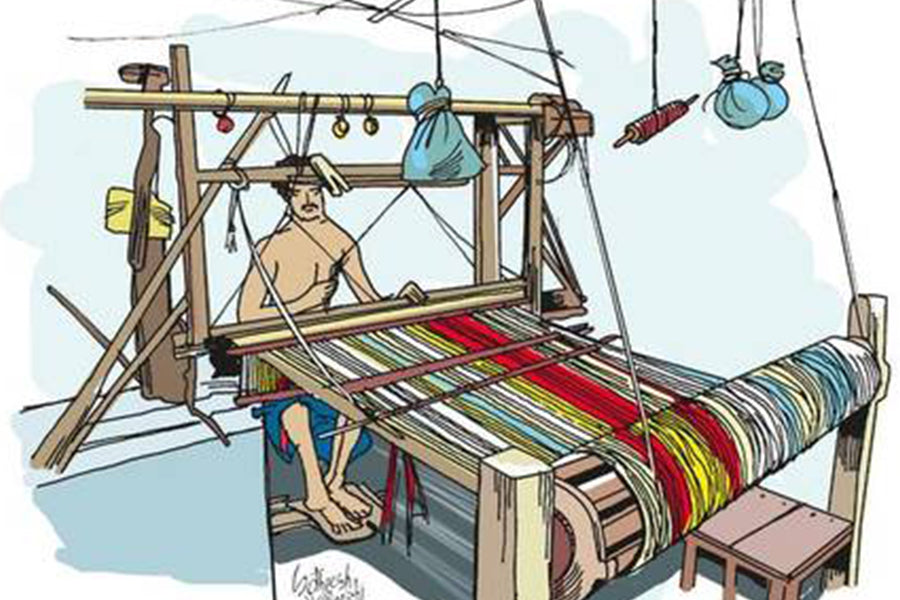While reminiscing about a portrait by Ravi Varma or selecting a special outfit from your mother’s wardrobe, the saree stands out as an epitome of traditional Indian grace and beauty. The six-yard wonder, which is featured everywhere from the fashion industry to the rural Indian scenario, defines the idea of Indian womanliness like none other.
Dating back to the times of the Indus valley civilization, of more than five thousand years ago, the legacy of saree has been passed from generation to generation, andhas been a part of every tradition-loving lady’s closet.
Traditional Indian scriptures have long since depicted Goddesses clad in beautiful sarees, conveying the significance of saree in India. In every region of our country, various draping styles and lengths of saree, in a wide array of materials, are flaunted proudly.
This one-of-a-kind unstitched garment is an equal hit with all traditional and modern souls alike. From plain designs in solid colours to artistic creations in a rainbow of colours, the saree has been a canvas to all. Time has witnessed modification in the types of blouses, draping styles and the make of the saree, but the originality of saree is retained gloriously within our country till date.

Tracing the history
Historical evidences suggest that the saree was first inspired from loin clothes worn by the Mesopotamian people, and was further inspired by the Aryans.The combined effect led to the saree-like ensemble worn during the Indus valley civilization.

Various epics also depict women dressed up in similar-to-saree clothing made of silk and adorned by precious stones and gems. Silk known as Pitambar, Patola, Patta etc found mention in these scriptures and were considered to be auspicious. Prominent material used back then were silk and cotton, dyed with natural dyes like turmeric, indigo leaves, tree barks, gums, nuts, flowers, fruits and berries.
Handiworks and embroidery also gained popularity and were coveted artworks on sarees, during this period. As time progressed, synthetic dyes and machine work came into picture and the industry blossomed further.
Baluchari, Jamdani, Kantha, Bomkai, Ikat, Banarasi, Jute-Silk, Tussar, Maheswari, Kota, Chanderi, Patola, Sholapuri, Kanjivaram, Mangalgiri, Mysore silk, Kasavu etc. are some pioneer regional saree creations, renowned across India for their aesthetic and authentic manufacturing. Many designs were, with time, also influenced by the dressing style of foreign invaders. Egyptian, Mesopotamian, Mughal, Arab, and Central Asian are the prominent influences.

Centuries of treasuring this no-stitch clothing, saree can also be seen sported by women of valour like Rani Laxmibai of Jhansi, Indira Gandhi, Sarojini Naidu etc. It is also equally flaunted by the women of today let it be actresses, models or professionals.
Saree, the oldest clothing to survive centuries, will forever exist in the wardrobe of every lady looking for an attire with personality.



